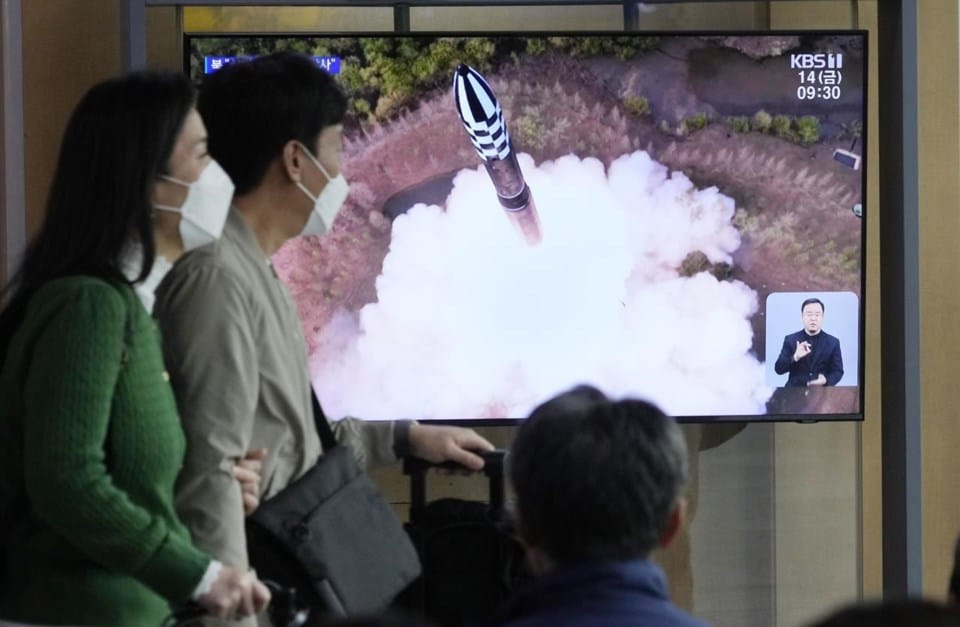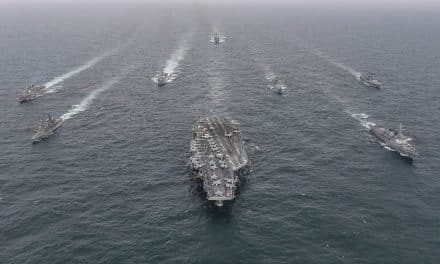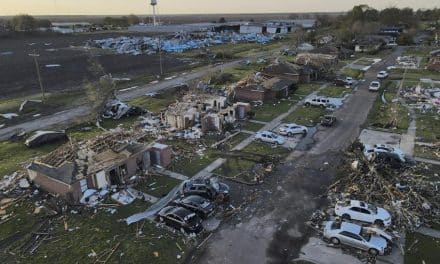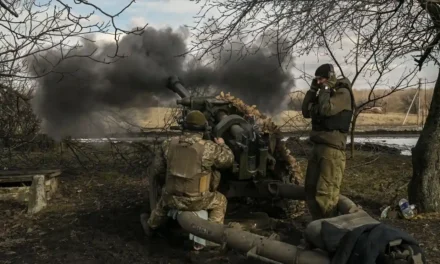North Korea announced on Friday that it has successfully flight-tested a solid-fuel intercontinental ballistic missile (ICBM) for the first time, potentially marking a significant breakthrough in its efforts to develop a more powerful and difficult-to-detect weapon capable of targeting the continental United States. The country’s official Korean Central News Agency (KCNA) reported the test a day after neighboring countries detected the launch of a long-range missile from near Pyongyang.
Although the test did not demonstrate the weapon’s full capacity, and it remains unclear how far North Korea has progressed in mastering the necessary technologies, analysts believe it likely represents a meaningful advancement in the country’s pursuit of a nuclear arsenal that could directly threaten the US. In response to the test, the US later flew nuclear-capable B-52 bombers to the Korean Peninsula for joint aerial training with South Korean warplanes.

According to KCNA, North Korean leader Kim Jong Un supervised the launch, naming the missile Hwasong-18 and describing it as the most powerful weapon in his nuclear forces. Kim also pledged to expand his nuclear arsenal further to instill fear and regret in his rivals.
North Korea has justified its weapons demonstrations as a reaction to expanding military exercises between the US and South Korea, which it condemns as invasion rehearsals. The Hwasong-18 is expected to rapidly advance North Korea’s nuclear response posture and support an aggressive military strategy of maintaining “frontal confrontation” against its rivals.
An ICBM with built-in solid propellants would be easier to move, hide, and launch quickly, reducing opportunities for opponents to detect and counter the launch. South Korea’s Defense Ministry, however, has stated that North Korea has not yet acquired the technology to ensure the survival of ICBM warheads.
Experts believe Thursday’s test marked a “significant breakthrough for the North Koreans, but not an unexpected one.” Advancing solid-fuel technology could also aid North Korean efforts to expand its tactical nuclear arsenal and pursue submarine-based deterrents.
Source: dawsoncreekmirror.ca




